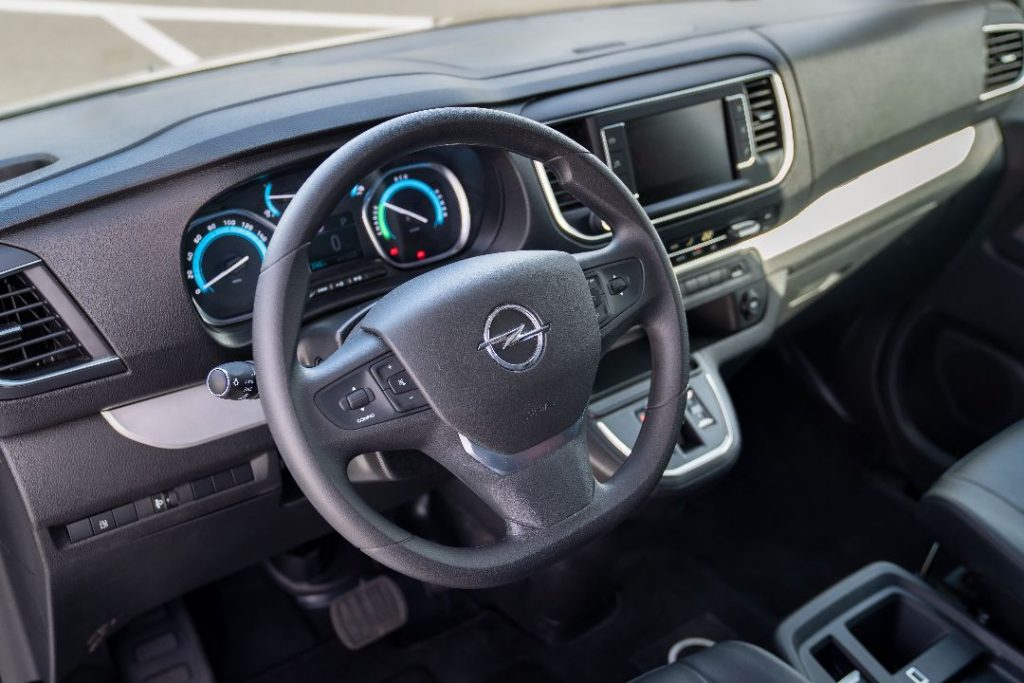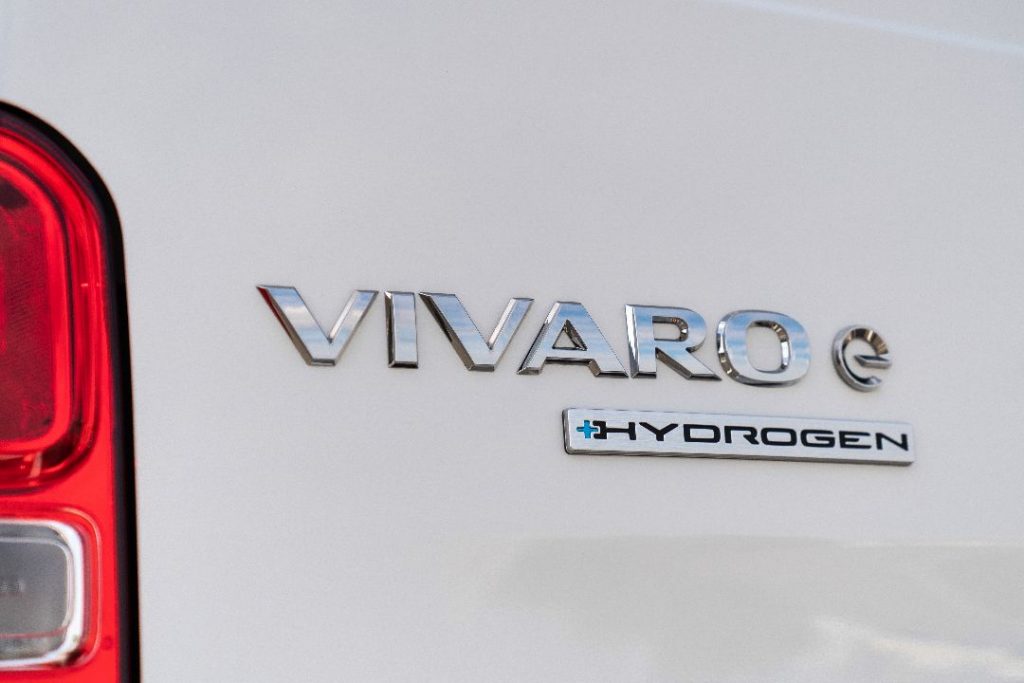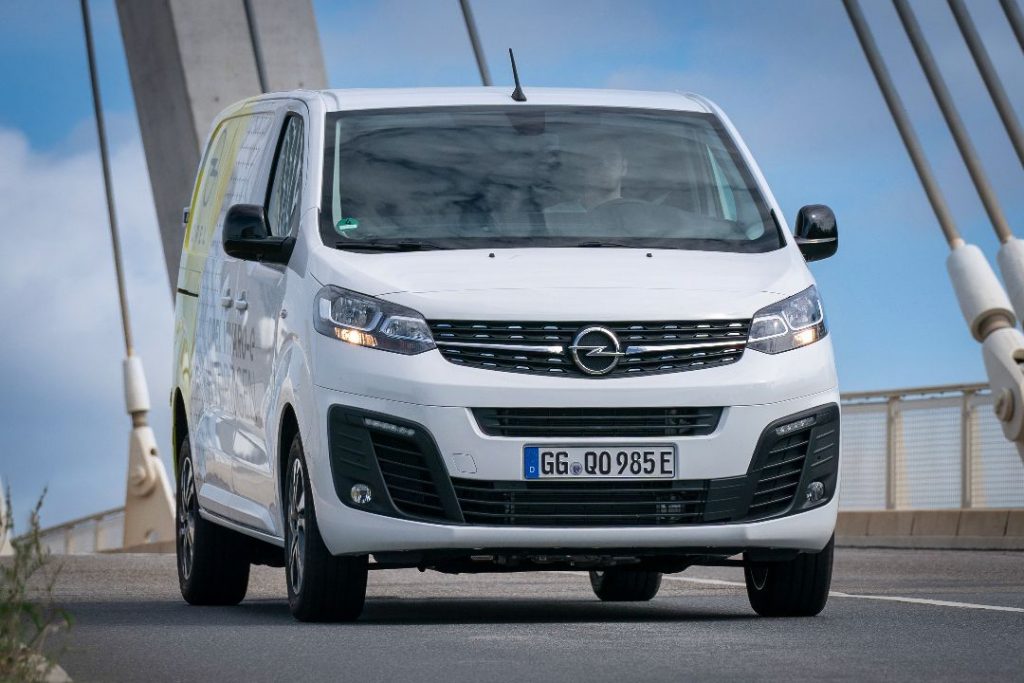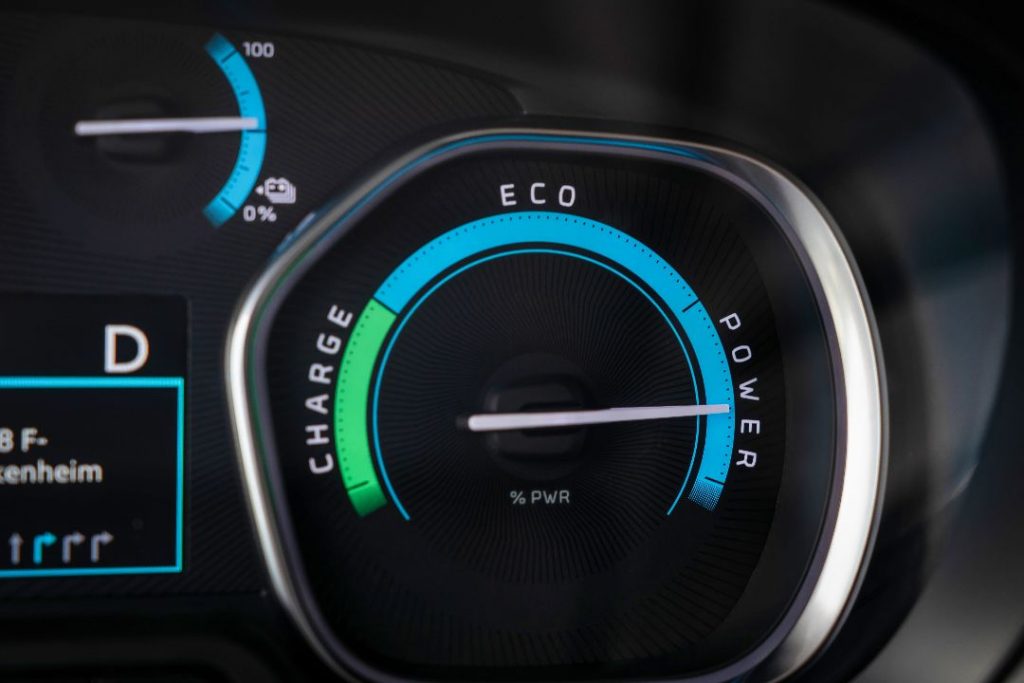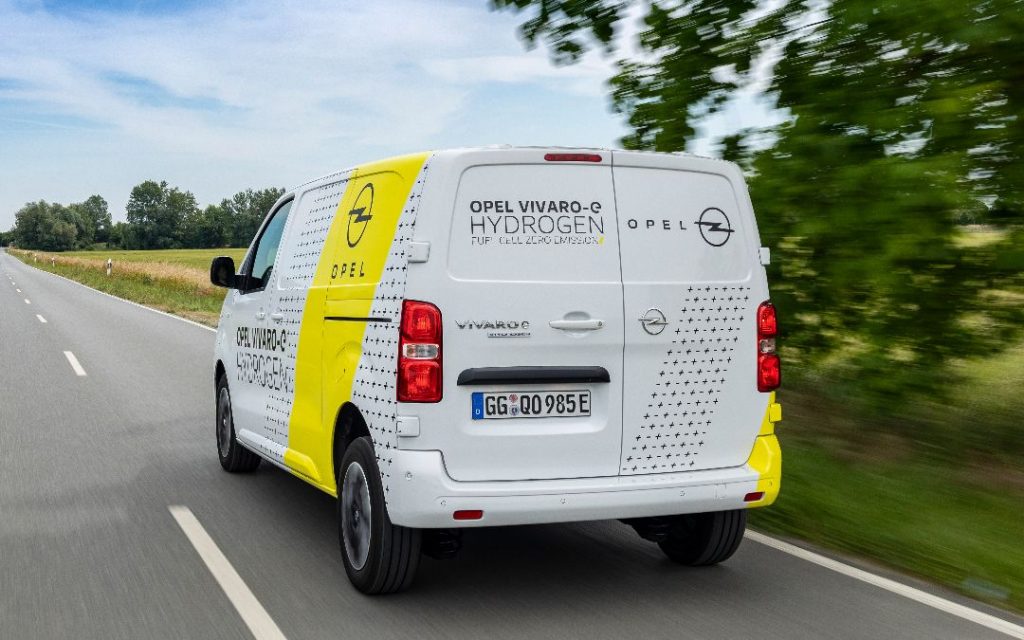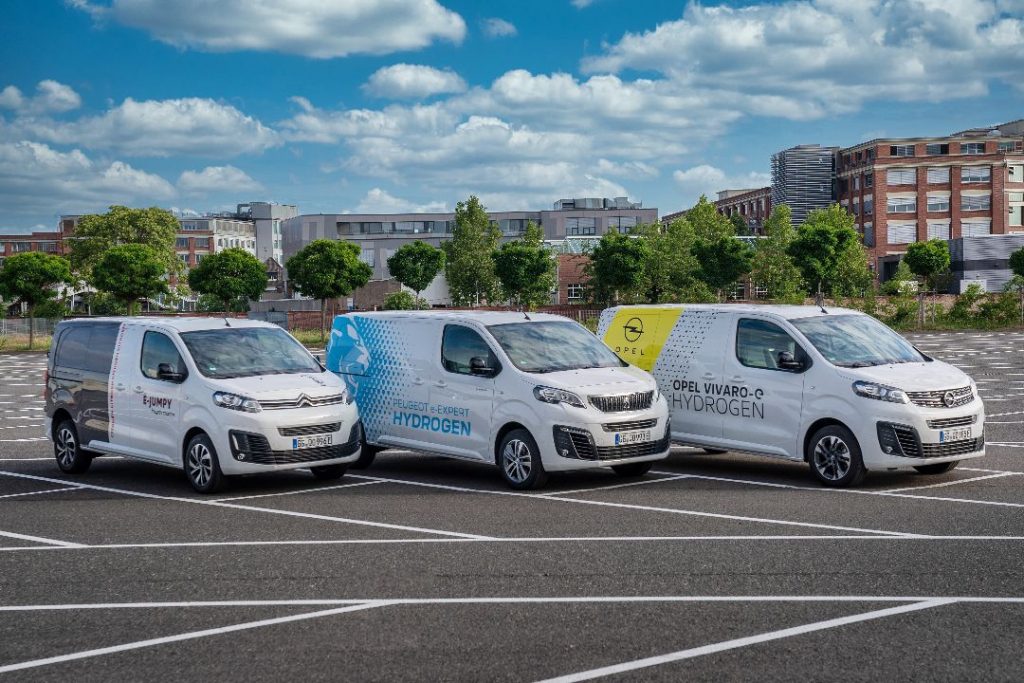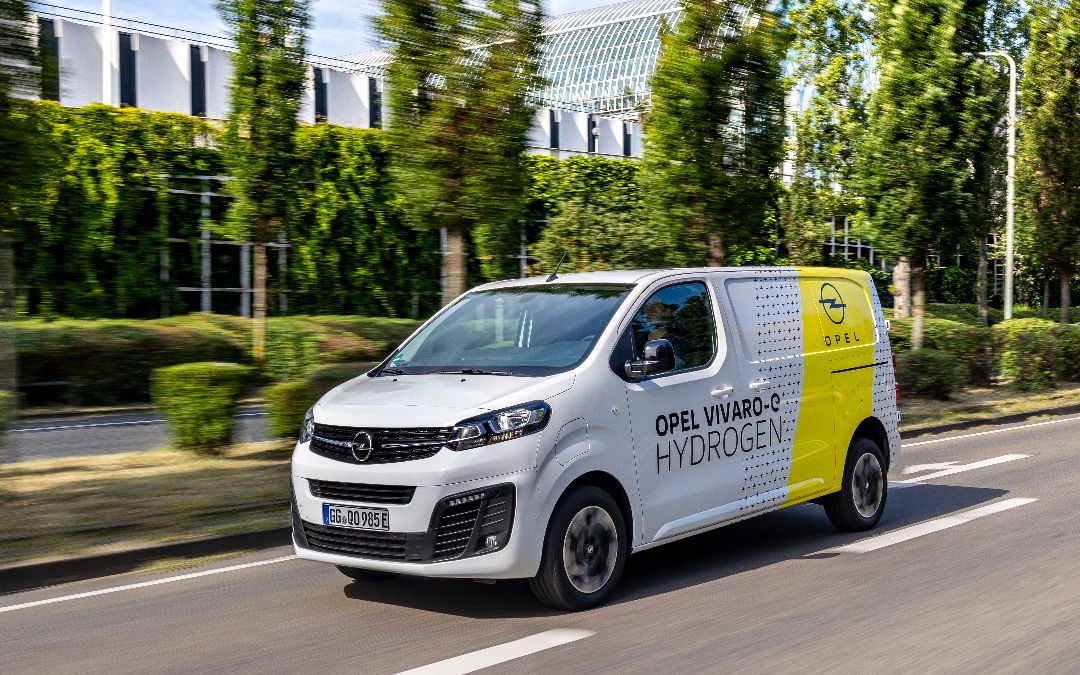
Hydrogen infrastructure is not plentiful in the UK so the Vauxhall Vivaro-e Hydrogen might not catch on. Like the early days of electric vehicles progress is bound to be slow. Without a viable mainstream model to encourage uptake and begin the conversation in earnest it's going to take a while.
The Vauxhall Vivaro-e Hydrogen is the first hydrogen van from a mainstream manufacturer to launch in Europe. No pressure then.
Just as well that right-hand-drive vans aren’t yet set in stone, but the mid-sized van is part of Stellantis’ plans. It hopes to have a 100% zero-emission line-up by 2028, and hydrogen will play a part in that.
The model starts life as a battery electric (BEV) model. In this case it's an Opel/Vauxhall Vivaro-e Hydrogen (but is also available as a Peugeot e-Expert Hydrogen or Citroen e-Dispatch Hydrogen) before being taken off the production line and shipped to Opel’s Russelsheim factory where the traction battery is removed, repacked, and shipped back to Sevelnord factory in France for re-use.
The 100kW (136hp) motor remains but added to the mix is a 700-bar hydrogen tank system. There's also three tanks providing hydrogen to the fuel cell (made by French company Symbio) installed underneath the vehicle where the traction battery of the Vivaro-e BEV used to be located.
Read about the Vauxhall Vivaro-e Hydrogen debuts at CV Show
The entire fuel cell is located under the bonnet, along with the electric motor which powers the front wheels. The 10.5kWh battery, however, is located under the passenger seats. That leaves the loadspace, and outward appearance of the van, completely unchanged.
Stellantis ProOne refer to this setup as a mid-power concept. It falls in the middle ground between a system that would be classed as a BEV range extender, that is mostly reliant upon a battery with a small fuel cell to top up the range, and a vehicle that uses only a fuel cell only to drive the motor. Both systems have their strengths and weaknesses, but Stellantis sees their method of a small battery capable of 50km range and a hydrogen fuel cell that is compact enough to fit in the position where the traction battery would normally be, as a sensible solution to providing a van that can run on hydrogen (H2) and when needed also be plugged in to take an 11kW charge, giving a combined range of up to 400km.
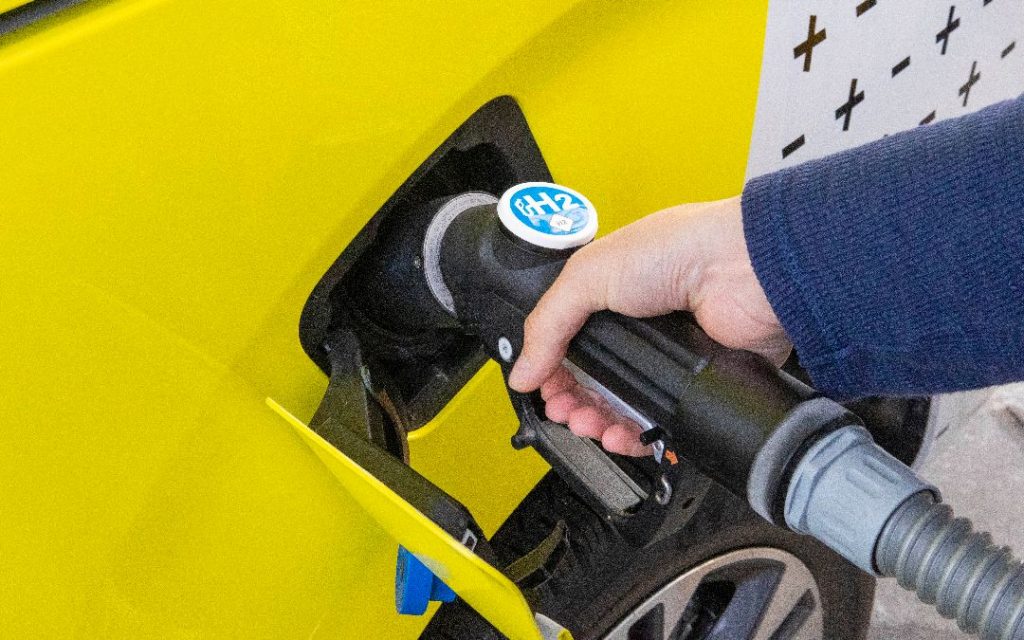
The hydrogen tanks can be filled in just three to five minutes. That's important because it is where Stellantis see the market for the hydrogen vans being. Fleets who need the flexibility of a diesel van that can be quickly filled but want to have the green credentials of an electric van will be the primary audience for the Vauxhall Vivaro-e Hydrogen, rather than those that want to regularly travel long distances and utilise the 400km maximum range. By not having to plug-in for a battery recharge there is the potential for notable time savings. Convenience will come at a cost, though, roughly twice that of an electric-only model. Stellantis is quick to point out the leasing affordability with German incentives putting the cost at €700 per month. However, there’s no guarantee such generosity would be forthcoming in the UK.
Nevertheless, the Vivaro-e Hydrogen will be an interesting concept for fleets that want to improve their carbon footprint. Perhaps they can’t adopt BEV vans because of the time constraints of their workload or recharging issues. If for example the vehicle needs to return home with the driver every night. Or ifthey don’t have charging facilities, it might make sense.
With two body lengths available the Vauxhall Vivaro-e Hydrogen is just as practical as its BEV counterpart. Standard and Long models provide load volumes of 5.3m3 or 6.1m3, respectively.
The three hydrogen fuel tanks, capable of taking 4.4kg of H2, are also lighter than the traction battery. At roughly 180kg, compared to the battery’s 350kg, when you add the 45kW fuel cell stack and under seat batteries there is no net loss of payload. You can therefore carry up to 1000kg, as well as being able to tow a tonne.
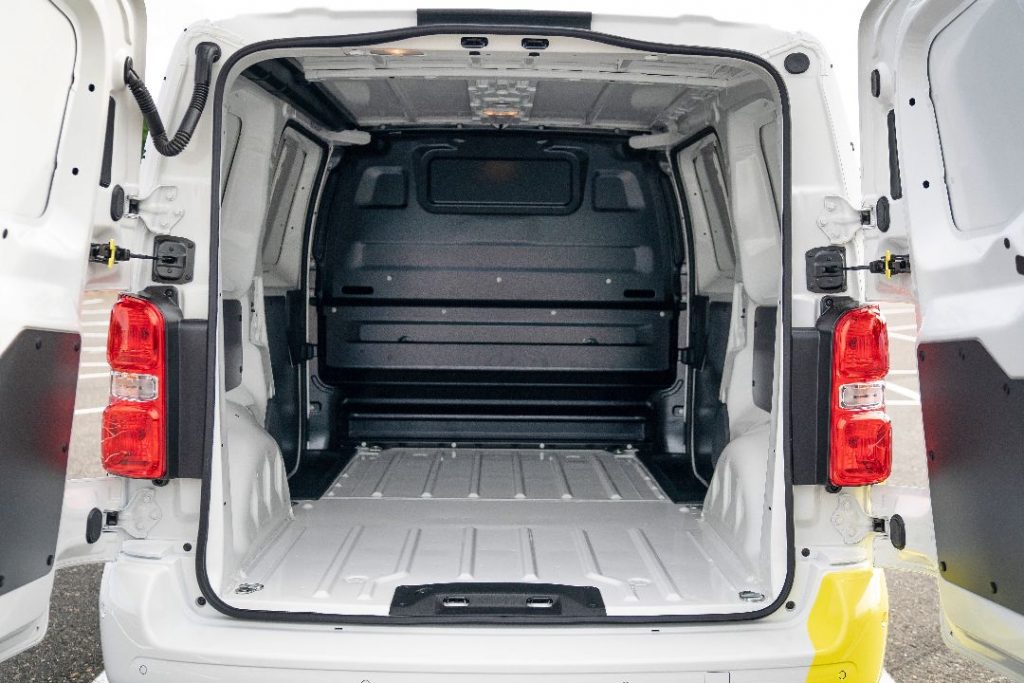
Driveline technology aside, the Vauxhall Vivaro-e Hydrogen is identical to the BEV van. It has the same 100kW power output with 260Nm of torque and performs in much the same way too.
Top speed is limited to 68mph (110kph). If you need to know the 0-62 time it’s a modest 15 seconds. But the Vivaro-e Hydrogen isn’t a performance vehicle, it’s a capable vehicle. Capable of the same as the BEV and capable of doing it calmly too.
Even the process of filling up with hydrogen is straight forward. Simply press a button to depressurise the tanks and allow the filler cap hatch to be opened. Then push a nozzle onto the valve and instruct the pump to start filling.
Similar to how a battery charge slows the closer to maximum capacity, the hydrogen tank does the same. But, we added 1.5kgs of hydrogen in a little under two minutes. Filling the 4.4kg tank should therefore take no more than five minutes. That's at the 700 bar pressurisation that has been standardised on the continent.
The actual driving is similar to the BEV van. It has a low centre of gravity and identical Brake Modes. These driving mode toggle with three power options Eco, Normal and Power that give you 60kW/190Nm, 80kW/210Nm or 100kW/260Nm, respectively. The most obvious difference is that there are a slightly different set of noises coming from beneath you. It's nothing to worry about as most of them are due to cooling. The BEV van’s electric motor whine is still audible but there’s added whooshing and sucking type noises as the fuel cell continually charges the battery to keep it above 50%, its preferred optimum.
The Vauxhall Vivaro-e Hydrogen is an interesting proposition for anyone that can’t get an electric-only van to fit their needs. But, unless you’re a large fleet customer willing to invest the money, not only in the vehicles, but a hydrogen refuelling system, it doesn’t yet make sense in the UK. When the infrastructure catches up, however, it might. Assuming scale leads to the price reducing, a fuel cell van will likely be a lot more appealing to the light commercial masses.
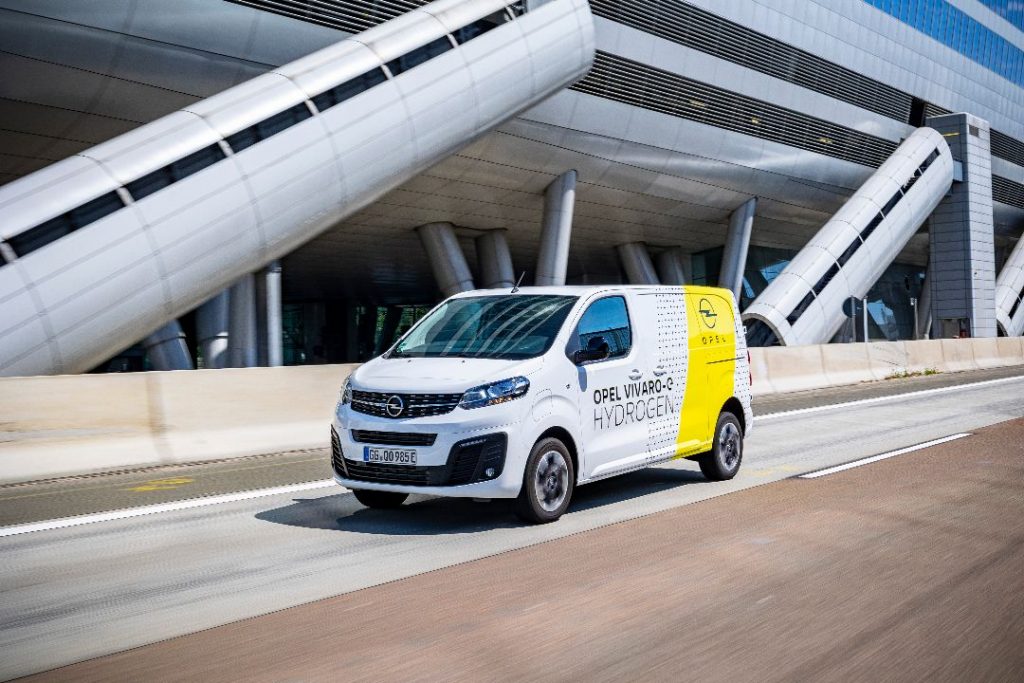
Industry predictions are that electric vehicles will make up more than 30% of LCV sales by 2025. By 2030 that figure will rise to 70%. Stellantis, however, expects its own product mix to be even more in favour of battery electric vehicles.
It plans to achieve this with a diverse portfolio of products that will include internal combustion engine (ICE), battery electric vehicles (BEV) and hydrogen fuel cell models.
While the lion share of those sales will be for BEV vehicles, it’s the fuel cell models which are the latest development in its range. Having committed to, and succeeded in, electrifying its entire LCV line-up by the end of 2021 the focus is now on providing alternative zero emission solutions starting with a mid-sized hydrogen van.
Built on what is referred to by Stellantis as the eK0 platform, the hydrogen van will be available with Citroen e-Dispatch, Peugeot e-Expert and Vauxhall Vivaro-e badges in France and Germany, the first two countries to get the new model. Other northern European countries will follow as their refuelling infrastructure develops, and Stellantis also plan to launch right-hand-drive model for the UK.
The growth is all part of plans to have more than 75 BEV models in the portfolio of passenger cars and commercial vehicles and will include new electric versions of the large van in 2024, a large hydrogen fuel cell van and a fuel cell pick-up for the United States under the RAM brand in 2025.
